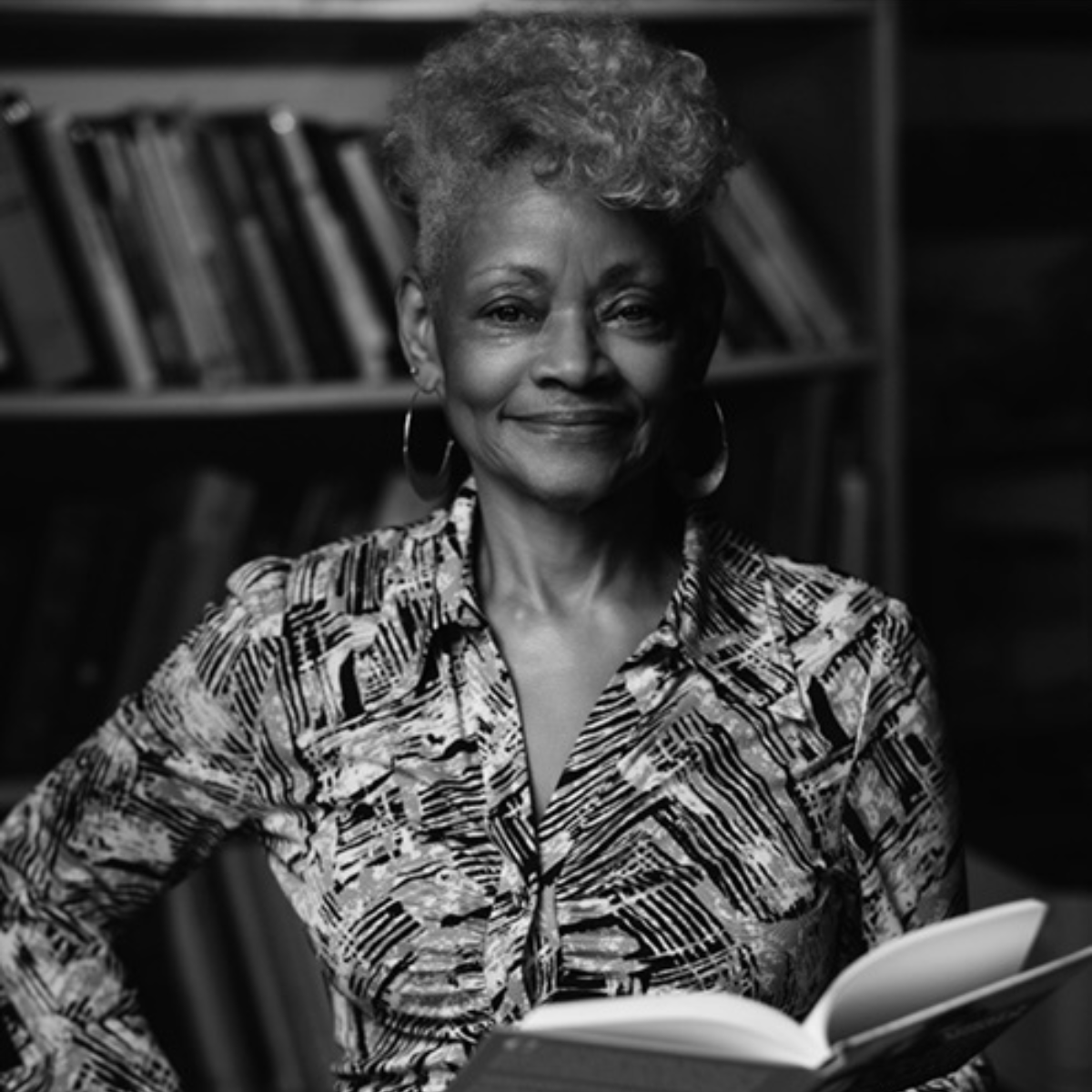Commentary on John 1:1-14
The first three words of John 1:1 can be literally translated “In a beginning” and are reminiscent of the Priestly creation story in Genesis 1, which begins with the same three words. Did both writers understand the beginning about which they wrote as one among many other origin stories? In the Greek all the verbs in John 1:1–4 are verbs of being and coming into existence that require a nominative subject and a predicate object; grammatically speaking, the subject noun and predicate noun are equal, but the equality is situated in the past tense. The two primary subjects in John 1:13 are logos, which can be translated “word,” “matter,” “thing,” or “speech.”
God creates by speaking, with speech, in Genesis in the Hebrew Bible/Old Testament. Human language is a medium for thinking about and communicating ideas about God (Genesis 1; John 1:10). But any one human language, be it ancient Greek or Hebrew or modern languages like English, Spanish, or French, should not be used to contain or restrict God, but to expand our theological constructs. Certainly, no one language should be sanctioned as the only sacred or authentic language that absolutely represents who God is and who we are in relation to God or each other.
The relationship between the logos/word/speech/utterance and God is complex. In John’s Gospel, the Greek logos/word or speech was and becomes the closest thing to God, if not God. The word was “with God”—accompanied, partnered with, attached to, or was in the presence of God. And it also becomes something disparate from God. The logos becomes flesh (human) and resides, or pitches his mobile tent (eskēnōsen), among his fellow humans.
At John 1:17 we learn that his name is Jesus, an anointed one or Messiah, about whom John the Baptist will testify as the true light (1:6–10). The identification transitions from grammatically masculine (logos) to a biological man (“he”), who is “the father’s only son” (1:14). He alone has seen God (1:18). The complex relationship, which is binary and fluid, between God and the logos is characterized by (a) distinction: the word was with God/word becomes flesh/only son of God/has seen God; (b) synchronicity: word was God (see also 10:30; 17:11); and (c) hierarchy: father and son (see also 14:1, 16, 28; 15:1; 21:19).
The prologue introduces readers to other complex relationships and binaries (sometimes disrupted) in the Gospel: (a) the world and the children of God (1:10, 12), yet as the Lamb of God, Jesus will remove the world’s sin, and God loved (ēgapēsen) the world (1:10, 12, 29; 3:16; see also 20:1; 21:15–19); (b) he came to his own and his own rejected him (1:11); (c) the will of man (andros) and the will of God (1:13); and (d) light and darkness (1:5, 8).
Darkness is vilified in John: Translations of John 1:5 give the impression that the relationship between darkness and light is hostile, as if the darkness did not welcome the light or attempted to conquer or subjugate it (see also 8:12; 12:35, 46). But in the Priestly creation narrative, the darkness and dark waters existed with God before anything else (Genesis 1:1–2:4a). If God exists before all things and is derivative of nothing, then God created darkness.
In John, we read, “The light came into the world and the humans [hoi anthrōpoi] loved [ēgapēsan] the darkness [to skotos] rather than the light because their acts were evil” (3:19, my translation). Notice that the same Greek word is used for the humans’ love for darkness and God’s love of the world (3:16, 19); God’s love cannot be fully expressed by human language and is certainly not restricted to one word in a particular language—in other words, ancient Koine Greek.
Since the Gospel of John does not disrupt the binary between light and darkness, I encourage readers to do so. At creation, it is into the substance of darkness that God speaks, painting with God’s words a world, a sun, a moon, manifold stars, diverse inanimate life forms, living creatures, and human beings. Can we imagine a world where darkness is not vilified and where darkness and light co-exist?
White supremacy constructed blackness as a race and then vilified blackness as the antithesis of whiteness. The African American singer, musician, and New Orleans native Jon Baptiste sings, “The light shines brightest in the darkness.” Darkness welcomes the light. The stars light up the night sky, allowing us to see the beauty of darkness and light on the same heavenly canvas.
In the darkness of night, humans generally find or seek rest. Darkness can symbolize rest and rejuvenation. Many nocturnal animals need the night to avoid predators, to mate, and to hunt. Paul Bogard, author of The End of Night, warns us about light pollution in his TEDx Talk “Why We Need Darkness.”
Bogard states that the glare, light trespass (lights from one building shining into another), and skyglow create waste that shoots into the sky as pollution. We need darkness for our bodies to maintain health; too much light interrupts our circadian rhythms, contributes to sleep disorders and disease, and impedes the production of melatonin, which increases chances of developing certain cancers. We need darkness for our souls and spirituality and for inspiration in creativity. More light does not make us safer.[1]
Early on the first day of the week, in the dark (skotias), Mary Magdalene arrived at the empty tomb; in the darkness she could see that the stone covering the tomb had been moved away (John 20:1). In the darkness she witnessed the empty tomb and ran to tell Simon Peter, whom Jesus loved (ephilei; 20:2). While it was still dark—in the darkness—Mary would see the two angels dressed in white, and she would see and speak with the risen Jesus (20:1–18). How shall we, as inheritors of this sacred text, testify about darkness as God created it?
Notes
- Paul Bogard, “Why We Need Darkness” (TEDx Talk), EarthSky, October 29, 2020, https://earthsky.org/astronomy-essentials/paul-bogard-on-why-we-need-darkness/.


December 25, 2024